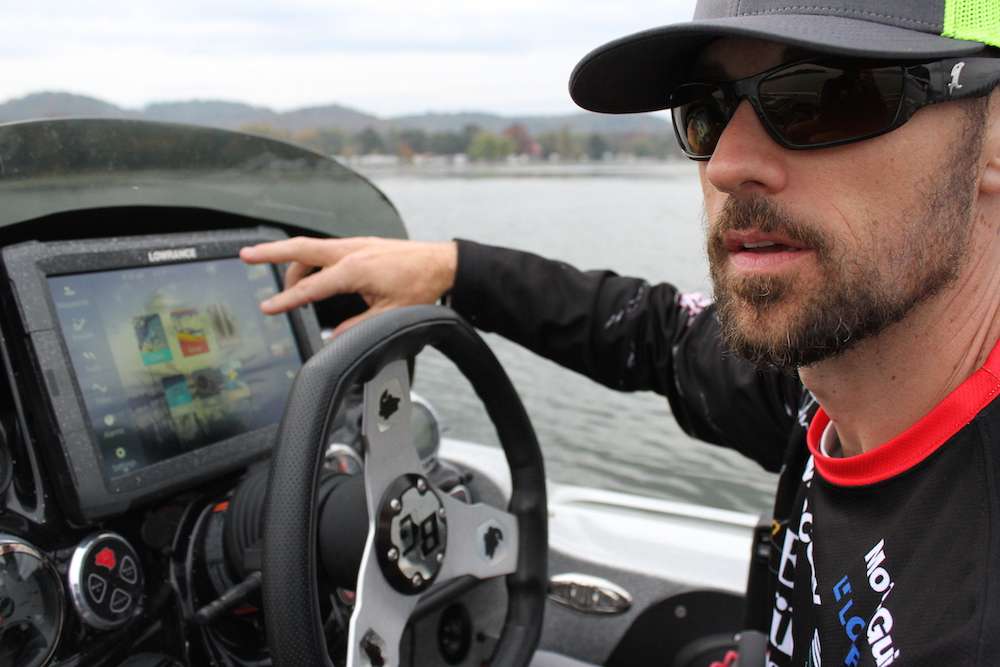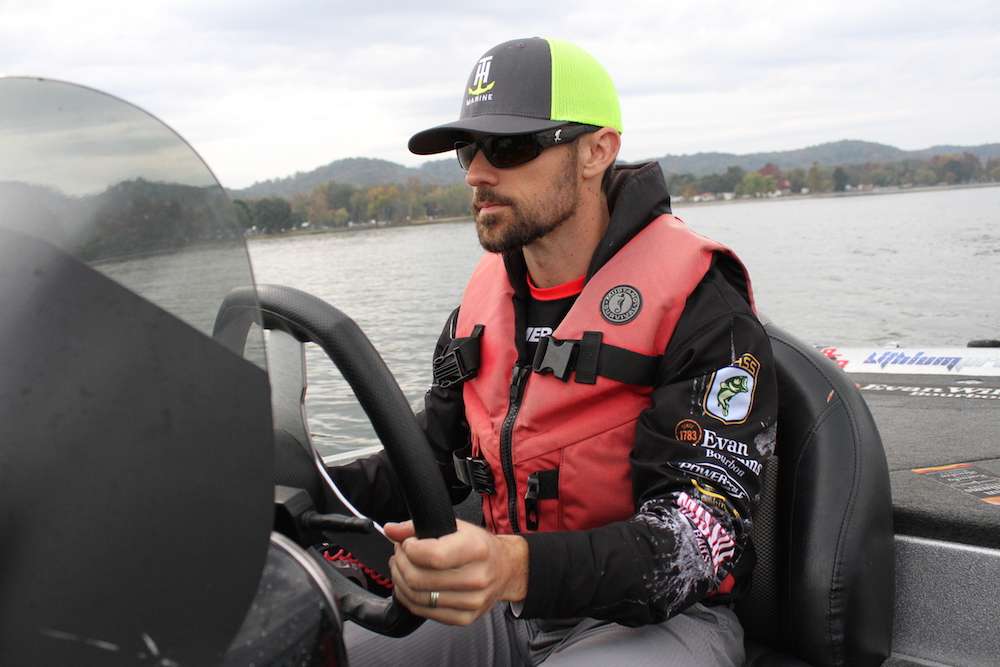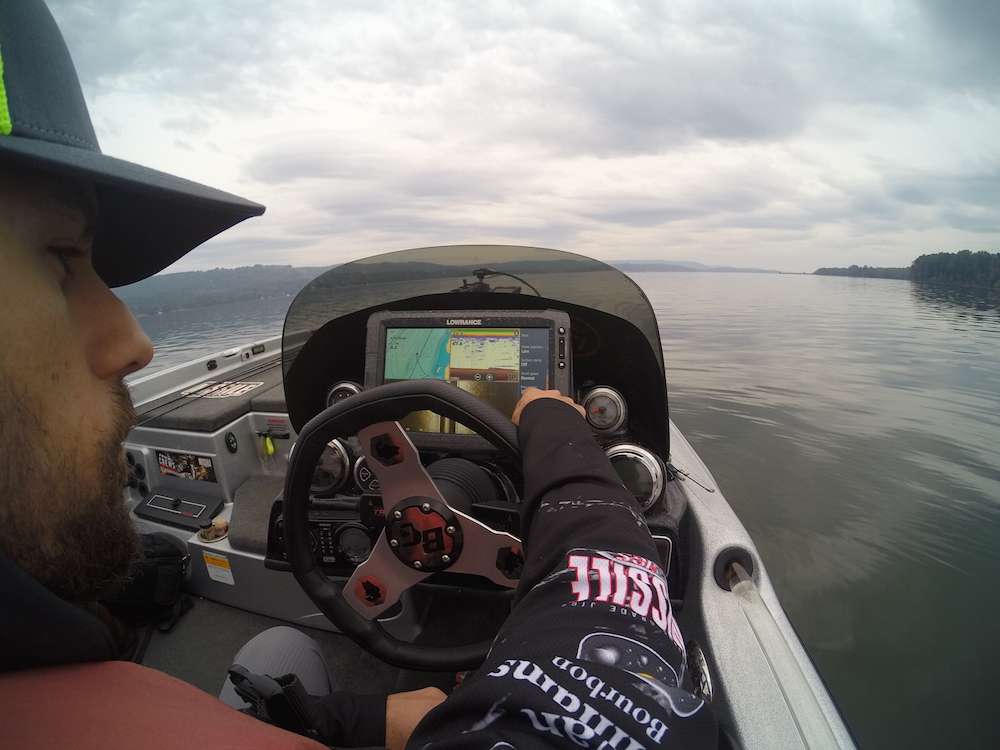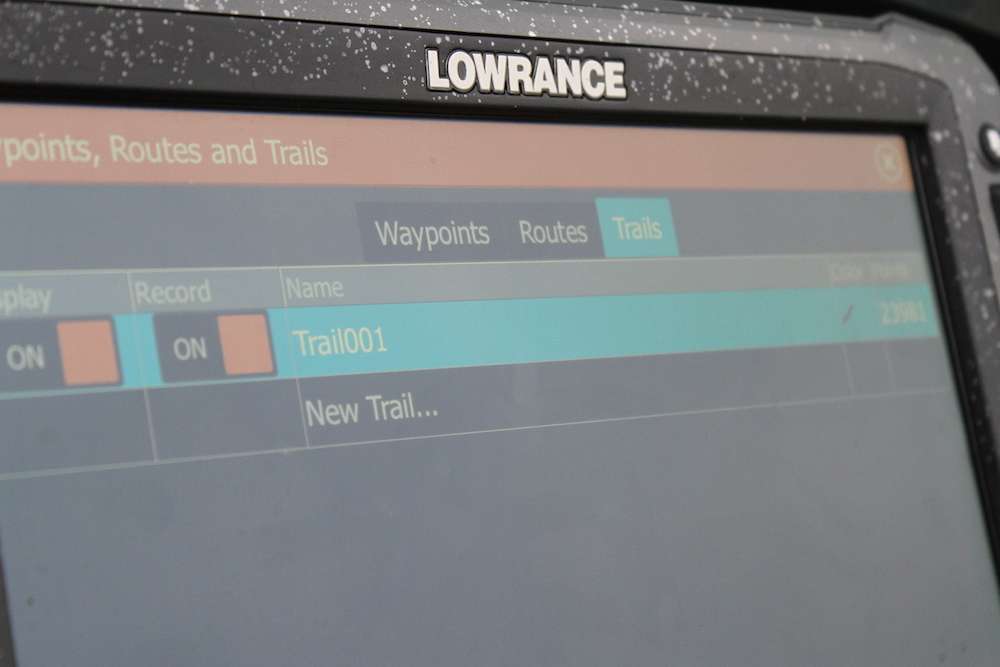





































Please enter your details.
We cannot find an active B.A.S.S. Membership for the information you have provided. Please renew your membership here.We cannot find an active B.A.S.S. Membership for the information you have provided. Please try again.Scheduled maintenance. We'll be back shortly. If you continue to have trouble please contact customer service at 877-BASS-USA.
Bassmaster Elite Series pro John Crews maximizes his Lowrance electronics via specific settings to boost productivity on the water.




































